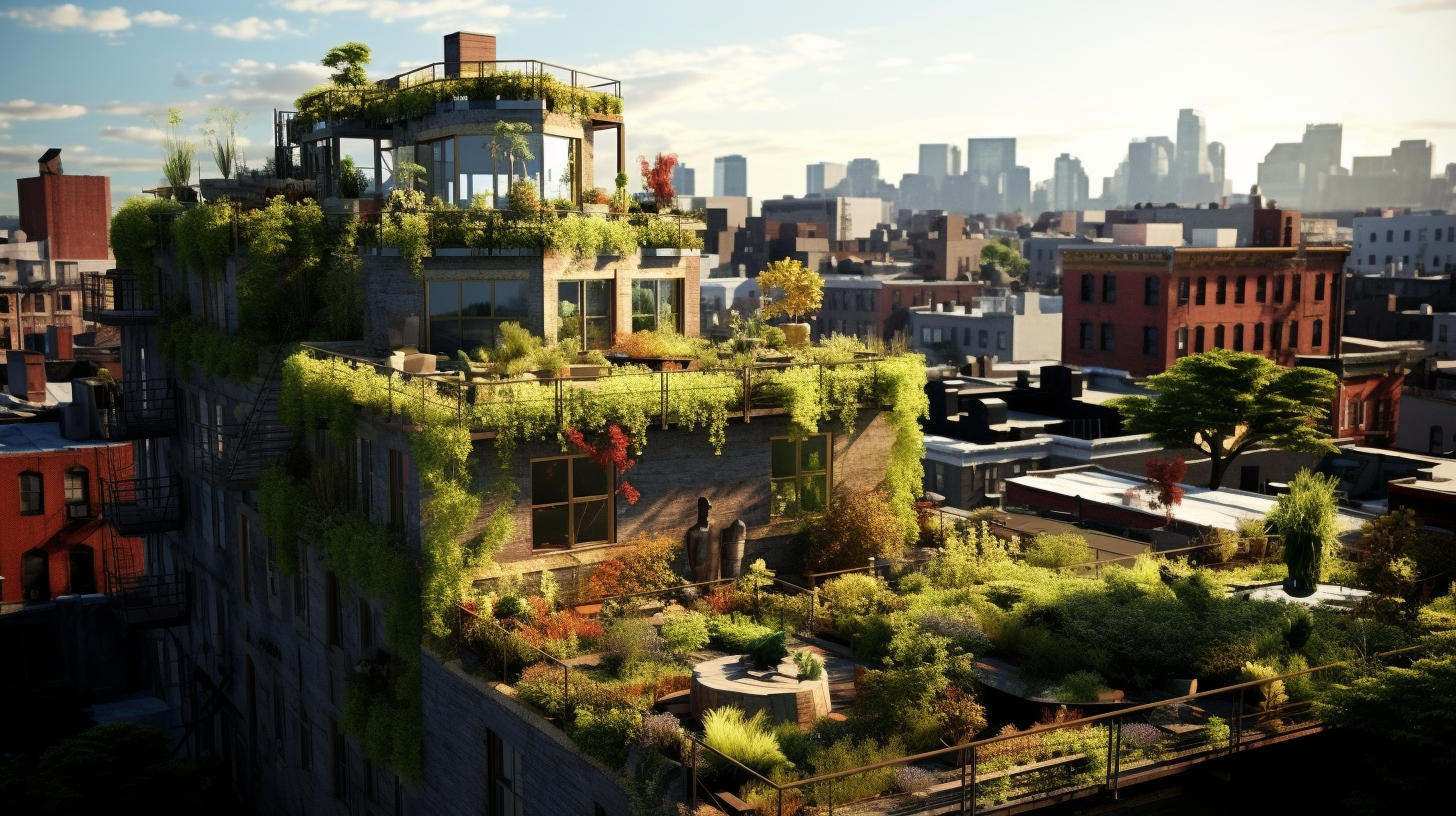In a concrete jungle where the horizons are stifling, and the air a concoction of exhaust, could the perched gardens in the sky offer a glimpse of salvation? Amidst towering structures and paved paradises, rooftop gardens emerge as verdant warriors, challenging the oppressive bleakness of our urban dystopia.
With every square foot of green, we claw back a little of what was lost – not merely soil and sanctuary, but a semblance of the balance we’ve upset. In our frenzied march towards progress, have we overlooked the humble rooftop’s potential in ushering an era of urban redemption?
Reports of cities transforming into unlikely havens for thriving ecosystems are not new. Just yesterday, ‘Urban Jungles Sprouting Up – Nature’s Unlikely Comeback’ painted a picture where nature’s resurgence brings a fractured hope to our battered urban landscapes. Today, we explore rooftop gardens, asking: does their rising prominence signal a silent revolution?
Rooftop gardens are not merely a splash of green on a grayscale palette. They represent a multifaceted approach to sustainability: they insulate buildings, sequester carbon, and manage stormwater, making them unpopular among floods, yet a favorite for city dwellers and migratory birds alike.
One striking narrative revolves around ‘edible rooftops’, spaces once barren now brimming with agriculture potential. Here, the food-to-fork journey is reduced to a few flights of stairs. Urban harvests are a marvel – yielding anything from heirloom tomatoes to exotic herbs – each a silent protest against the industrial food complex that chokes both our planet and our arteries.
Yet, challenges are as rampant as the flora itself. Logistical hurdles, structural limitations, and financial constraints are the shackles that bind these sky-high utopias. Advocates posit that with supportive policies and community initiative, these can be overcome. As such, rooftop gardens remain a demonstration of resilience, a display of what can bloom amidst adversity. ‘If we can cultivate gardens in the sky, what else is within our reach?’ one must wonder.
Do these patches of green amidst our urban sprawl herald an era of redemption? They serve as stark reminders of what could be, or rather, of what should have been. Each garden a reluctant admission that we have ventured too far down a path of ecological debt.
The silent rebellion taking root atop our cities may not be the ultimate salvation we seek. Yet, they are a testament to the enduring human spirit and creativity, offering a sliver of hope in our environmental narrative. Perhaps not all is lost for our urban domains.
The call to arms: let’s behold these rooftop sanctuaries not as novelties, but as necessities. For they are the beacons guiding us away from an entire generation’s nightmare. These gardens in the sky could be our first step back towards Eden, a march against the concrete tide to reclaim our world – sprout by sprout, rooftop by rooftop.
